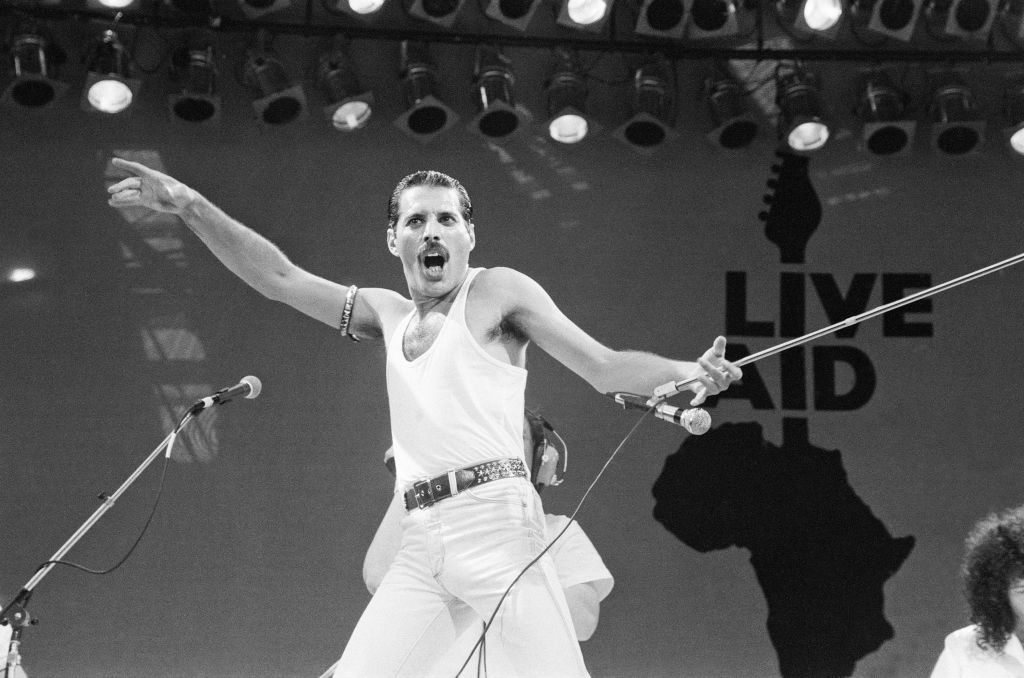Live Aid’s Impact on Rock ‘N’ Roll Outweighs Woodstock’s

While both Live Aid (July 1985) and Woodstock (August 1969) are monumental in rock history, Live Aid arguably had a greater impact on rock ‘n’ roll’s global influence and legacy. Woodstock was a cultural watershed a symbol of the counterculture movement, peace and musical revolution. It defined an era and solidified the careers of acts like Jimi Hendrix, Janis Joplin, and The Who. However, its primary significance lay in its cultural symbolism rather than industry transformation.
Live Aid, on the other hand, demonstrated the true power of rock as a global unifier and force for social change.
Organized by Bob Geldof and Midge Ure to raise funds for famine relief in Ethiopia, Live Aid was broadcast live to over 1.5 billion people in 150 countries. This scale of reach was unprecedented. It showed that rock music could go beyond rebellion and hedonism. It could be a tool for mass mobilization, humanitarianism and political awareness. Musically, Live Aid featured some of the most iconic performances in rock history, notably Queen’s legendary set, which redefined their legacy and proved the enduring power of live rock performance. It also reunited Led Zeppelin and featured U2, The Rolling Stones and David Bowie at pivotal points in their careers.
RELATED STORY: 20 Songs Turning 40 Years Old in 2025
RELATED STORY: Rock ‘n’ Roll Has Always Been About American Freedom
While Woodstock captured the spirit of a generation, Live Aid redefined the potential of rock on a global stage by uniting the world through a single cause.
It marked the maturation of rock music from youthful rebellion to responsible activism. In that sense, Live Aid was more important to rock ‘n’ roll’s evolution and role in society. Woodstock was the dream; Live Aid was the action.
Live Aid will celebrate its 40th anniversary on July 13, 2025.






